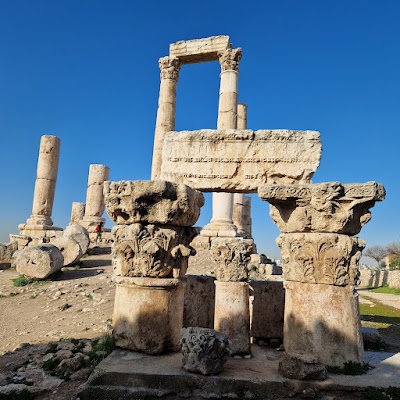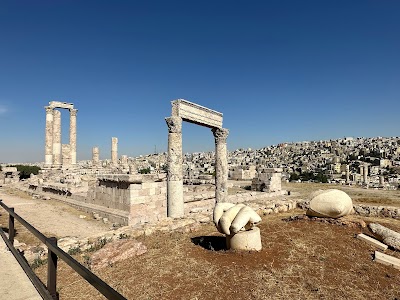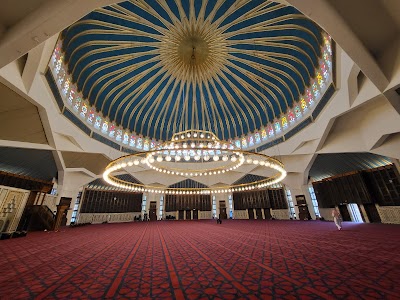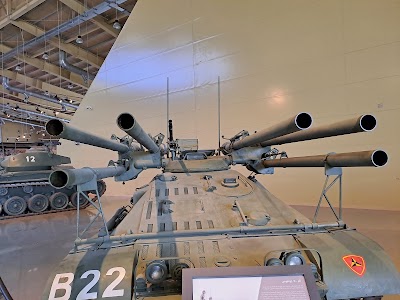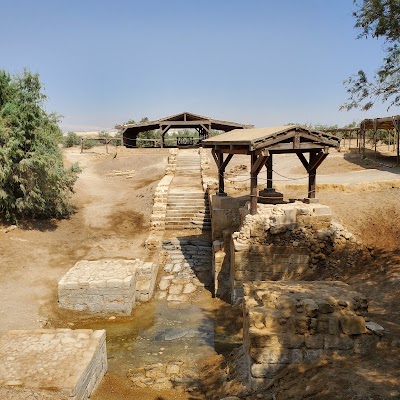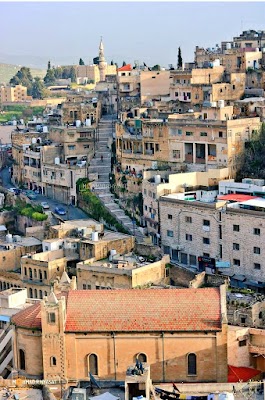Amman Citadel Archaeological Park (حديقة آثار قلعة عمان)
Overview
Perched atop one of Amman’s seven hills, the Amman Citadel Archaeological Park offers a captivating blend of history, culture, and breathtaking views. Nestled in the heart of Jordan's vibrant capital, this iconic site is a must-visit for anyone eager to uncover the rich tapestry woven by the region’s past, with treasures that date back millennia.
The Citadel, known locally as Jabal al-Qal'a, has been continuously inhabited since the Bronze Age, serving as a living testament to the myriad civilizations that have thrived here. Visitors can explore the remnants of ancient Ammonites, Romans, Byzantines, and Umayyads, each leaving their unique mark on this historical site.
One of the standout landmarks within the Citadel is the Temple of Hercules, built during the reign of Emperor Marcus Aurelius in the 2nd century AD. This magnificent Roman temple was among the grandest of its time, evidenced by the colossal hand and elbow of a statue that is believed to have towered over 12 meters in height. The impressive columns that remain evoke a sense of awe and offer a glimpse into the grandeur of ancient Roman architecture.
Adjacent to the temple lies the remains of a Byzantine church, dating back to the 6th to 7th century AD. Its Corinthian columns and layout exemplify typical Byzantine architectural practices, providing insight into the early Christian influences that shaped the region.
Another highlight is the Umayyad Palace, an expansive complex thought to have been constructed around 730 AD. This stunning palace stands as a testament to the architectural innovation of the early Islamic period. Despite suffering damage from earthquakes over the centuries, key structures, such as the impressive domed audience hall, have been restored, allowing visitors to glimpse the past splendor of Umayyad rulers.
No visit to the Citadel is complete without exploring the Citadel Museum, officially known as the Jordan Archaeological Museum. This fascinating museum houses an array of artifacts, including some of the world’s oldest statues, like the Ain Ghazal statues, which date back to the prehistoric period around 6500 BC. Visitors can also admire pottery, coins, and other items that narrate the extensive and diverse history of Jordan.
The panoramic views from the Citadel are nothing short of spectacular. With sweeping vistas overlooking both the old and new parts of the city, the Citadel provides a visual connection between Amman's ancient past and its dynamic present. The view transforms into a magical experience during sunset when the city is bathed in warm, golden light.
Beyond its ruins and relics, the Citadel also serves as a venue for cultural events that aim to preserve Jordan's heritage. Visitors may be fortunate enough to witness local celebrations, concerts, or art displays that enrich the cultural experience.
The Amman Citadel Archaeological Park is much more than an open-air museum; it is a time capsule that tells the compelling story of human civilization and its enduring legacy. For foreign tourists, a visit to this site is not only a journey through centuries of history but also an opportunity to connect with the spirit of ancient Jordan. Whether you are a history enthusiast, an archaeology lover, or simply someone who appreciates stunning views, the Amman Citadel promises an enriching and unforgettable experience.
In practical terms, the park is accessible year-round, with the cooler months from October to April being particularly comfortable for exploration. Visitors are advised to wear sturdy footwear due to the uneven terrain, and to carry water and sun protection, especially during the hotter months. Guided tours are available and recommended for those who wish to delve deeper into the site's rich narratives.
The Amman Citadel Archaeological Park stands as a testament to Jordan's rich and multifaceted history. Its layers of ruins and relics offer a profound connection to the past, making it an indispensable part of any visit to Amman. Prepare to be transported through time as you explore this remarkable site, leaving with a deeper appreciation of the civilizations that once flourished in this ancient land.


